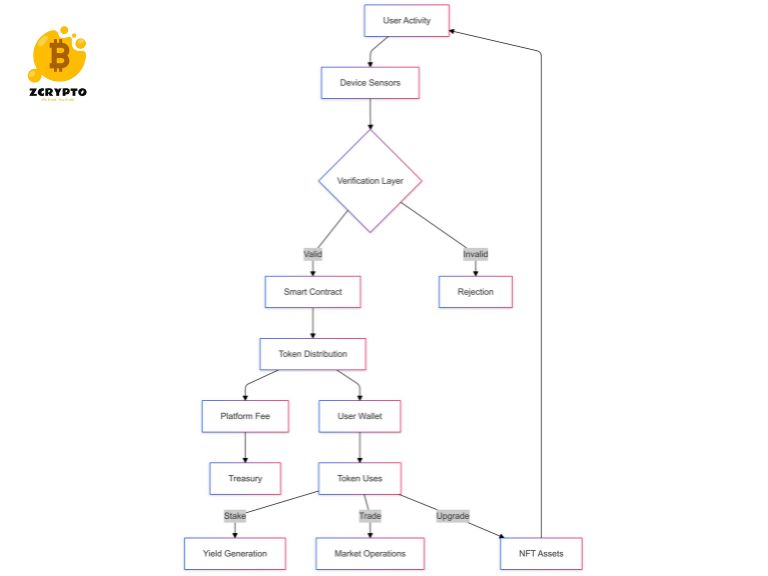How ASICs Revolutionize Business: Cutting Costs and Boosting Efficiency in Integrated Circuit Technology
In the fast-paced world of technology, Application-Specific Integrated Circuits (ASICs) are transforming the way businesses operate. These customized chips are designed to perform specific tasks with unparalleled efficiency, making them a game-changer in various industries. From reducing operational costs to enhancing overall performance, ASICs are revolutionizing business operations in ways that were previously unimaginable.
- What is Market Sentiment? The Professional Guide to Market Psychology
- How the Bicameral System Shapes Finance, Business, and Investment Policies in the US
- How Many Pi Coins Are There?
- Unlocking Corporate Financials: A Comprehensive Guide to the 10-K Report
- Mastering the Bear Spread: A Comprehensive Guide to Bearish Options Strategies
Digital Transformation and Operational Efficiency
Digital x Global Strategy
The integration of ASICs into a company’s digital strategy can have a profound impact on operational efficiency. By leveraging Artificial Intelligence (AI) in supply chain management, research and development, and inventory control, companies can streamline their processes significantly. For instance, AI-powered ASICs can predict demand more accurately, optimize production schedules, and manage inventory levels with precision. This global unification of mission-critical systems through data-driven management decisions ensures that all aspects of the business are aligned and working towards common goals.
You are viewing: How ASICs Revolutionize Business: Cutting Costs and Boosting Efficiency in Integrated Circuit Technology
Enhancing Customer Engagement
See more : What is ODL (On-Demand Liquidity)?
ASICs also play a crucial role in enhancing customer engagement by enabling personalized services. For example, companies can use accumulated data from ASIC-powered systems to improve their service offerings and attract more customers. A loyalty program similar to the OneASICS model can be implemented, where customer data is used to offer tailored promotions and services, thereby increasing direct-to-consumer sales and overall customer satisfaction.
Optimized Capital Management
Shareholder Return and Capital Policy
When it comes to capital management, ASICs can help companies optimize their financial strategies. By reducing operational costs through efficient chip design and manufacturing, businesses can allocate more resources towards shareholder returns. For instance, a company might increase dividends or implement share buybacks to enhance shareholder value. Establishing a share buyback limit, such as up to 15 billion yen, helps in optimizing capital levels and achieving a consolidated total return ratio of 50% or more.
Balance Between Fixed Assets and Shareholders’ Equity
See more : Understanding Add-On Interest: How It Works and Why It Costs More Than Simple Interest
The strategic acquisition of treasury stock is another aspect where ASICs contribute to optimized capital management. By balancing fixed assets with shareholders’ equity, companies ensure that profit accumulation is maximized while also allowing for necessary capital expenditures for growth. This balanced approach ensures that the company remains financially healthy and poised for future expansion.
Financial Performance and Projections
Consolidated Business Forecast
The financial impact of integrating ASICs into business operations is evident in the consolidated business forecast. Companies can project significant sales growth and operating income improvements due to the efficiency gains from using ASICs. For example, a breakdown of expected sales and operating income by category and region can show how different segments are benefiting from the adoption of ASIC technology.
Key Financial Metrics
Key financial metrics such as operating margin, gross margin, and net income also reflect the positive impact of ASIC integration. Comparative statistics often show substantial improvements in financial performance; for instance, a 77.4% increase in net income from one fiscal year to the next can be attributed to the efficiencies brought about by ASICs.
Source: https://summacumlaude.site
Category: Blog







